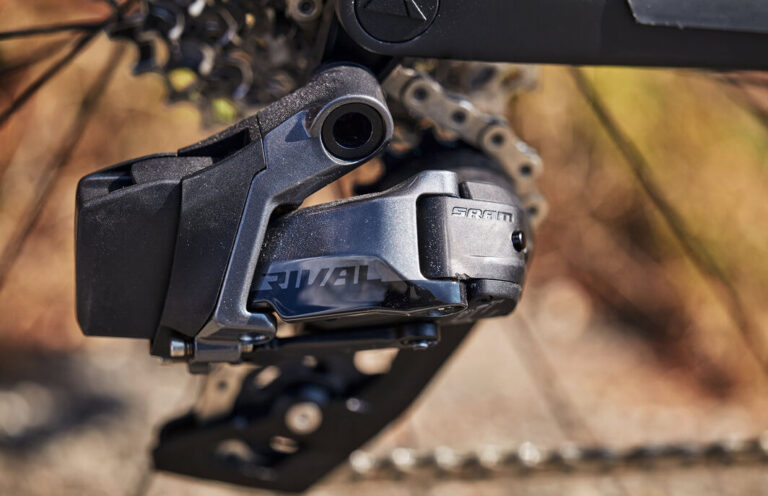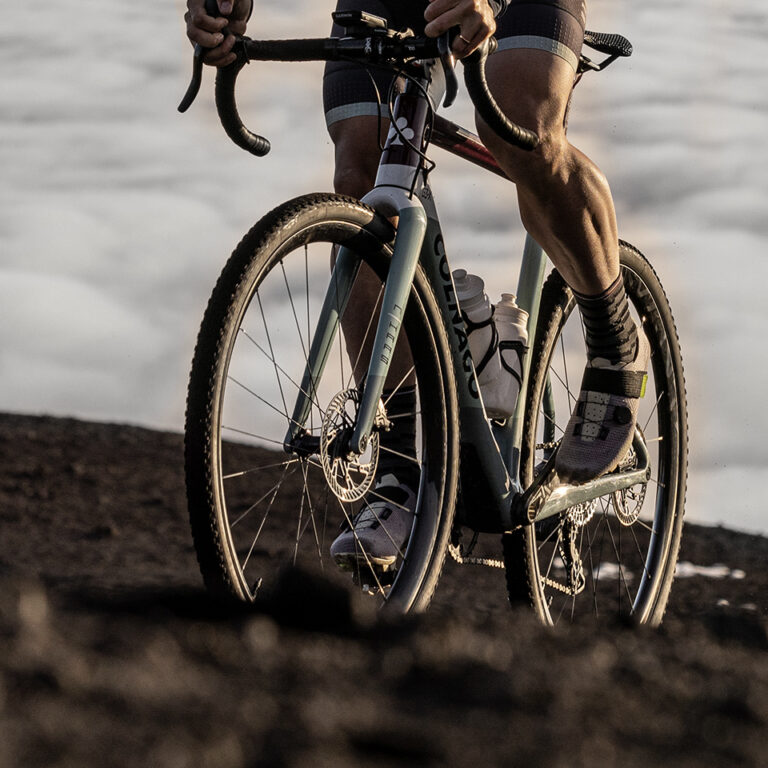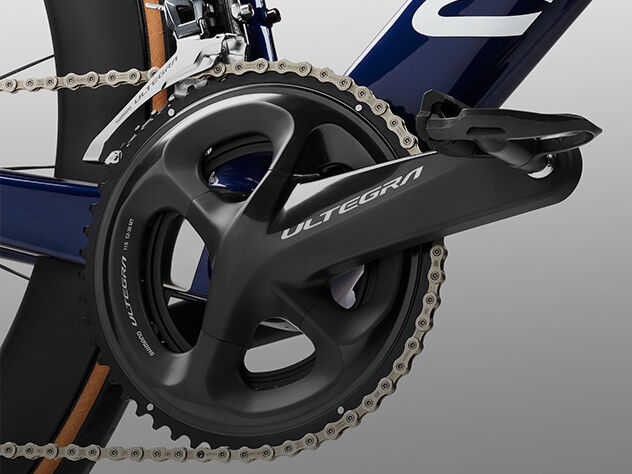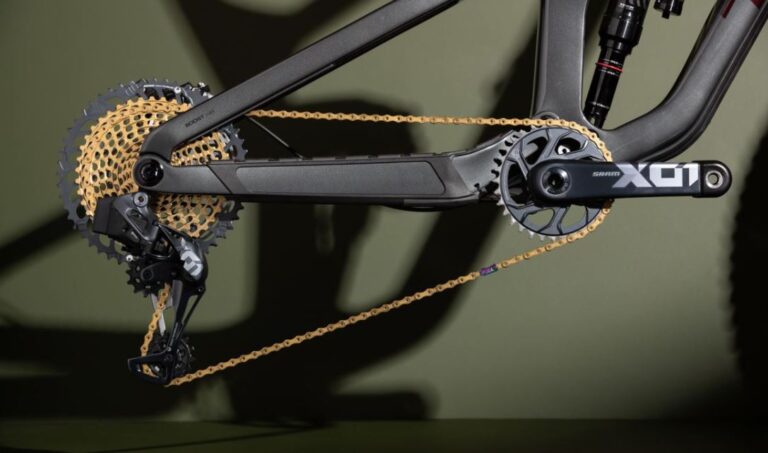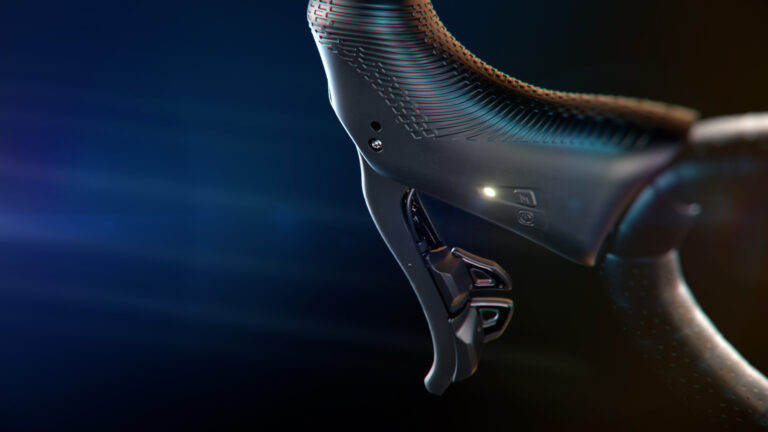The Importance of Groupset Weight in Cycling Performance

Key Point Summary of The Importance of Groupset Weight in Cycling Performance:
- Overall Performance: Lighter groupsets can contribute to faster acceleration and easier climbing.
- Efficiency: Reduced weight may lead to slight improvements in energy expenditure over long rides.
- Cost vs. Benefit: The performance gains from lighter groupsets must be weighed against their cost.
- Rider Experience: The psychological and physical benefits of a lighter bike can enhance the riding experience.
As a seasoned cyclist who has navigated the diverse terrains of mountain biking, gravel grinding, and cyclocross racing, I’ve grown to understand the nuanced ways equipment can impact performance. One aspect that consistently piques interest and debate among cyclists, especially those at the beginner to mid-level, is the importance of groupset weight in cycling performance. Through this exploration, I hope to shed light on how groupset weight can influence your ride, efficiency, and overall cycling experience.
Unpacking the Weight Debate
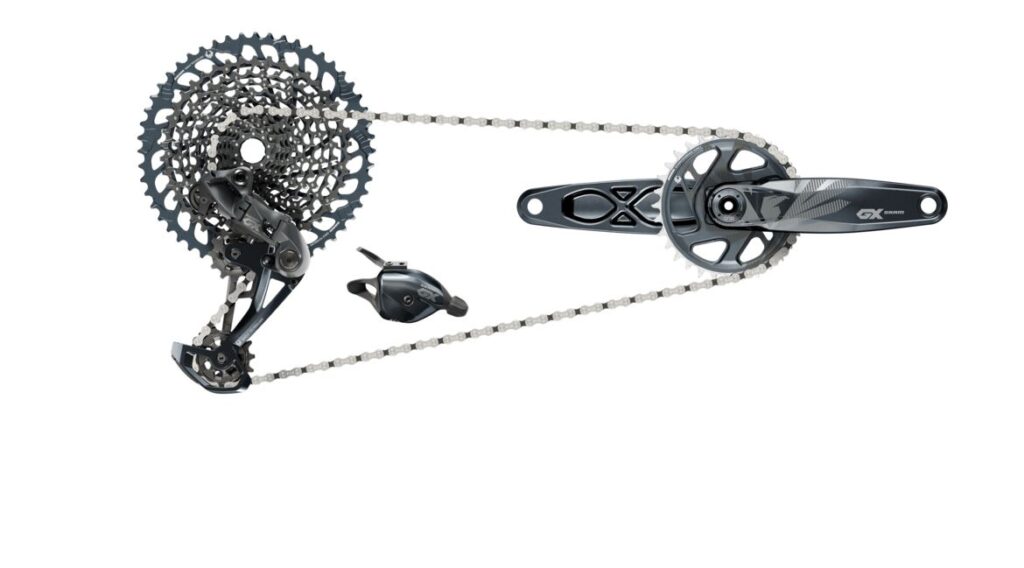
The Impact of Groupset Weight on Performance
At the heart of cycling performance is the principle of efficiency: how effectively can a rider convert their energy into forward motion? Groupset weight plays a role in this equation, albeit a more nuanced one than might be initially apparent. A lighter groupset can reduce the overall weight of the bike, which, in theory, makes it easier to accelerate and climb. This can be particularly noticeable when attacking a steep incline or sprinting out of a corner in a cyclocross race.
Efficiency on the Long Haul
The benefits of a lighter groupset extend beyond the immediate gains in acceleration and climbing. Over the duration of a long ride or race, a lighter bike can contribute to reduced energy expenditure. This is because lifting and propelling less weight requires less energy, allowing for potentially greater endurance. However, it’s important to note that the difference in energy savings for the average rider is often marginal and can be influenced by other factors such as fitness level, terrain, and riding style.
Weighing Cost Against Performance Gains
One cannot discuss the impact of groupset weight without addressing the cost. High-end, lightweight groupsets often come with a steep price tag. The performance gains from shedding a few grams can be significant for professional athletes, where every second counts. However, for beginner to mid-level cyclists, the cost-benefit ratio may not always justify the investment. It’s crucial to consider how much performance improvement you are likely to gain versus the cost of upgrading to a lighter groupset.
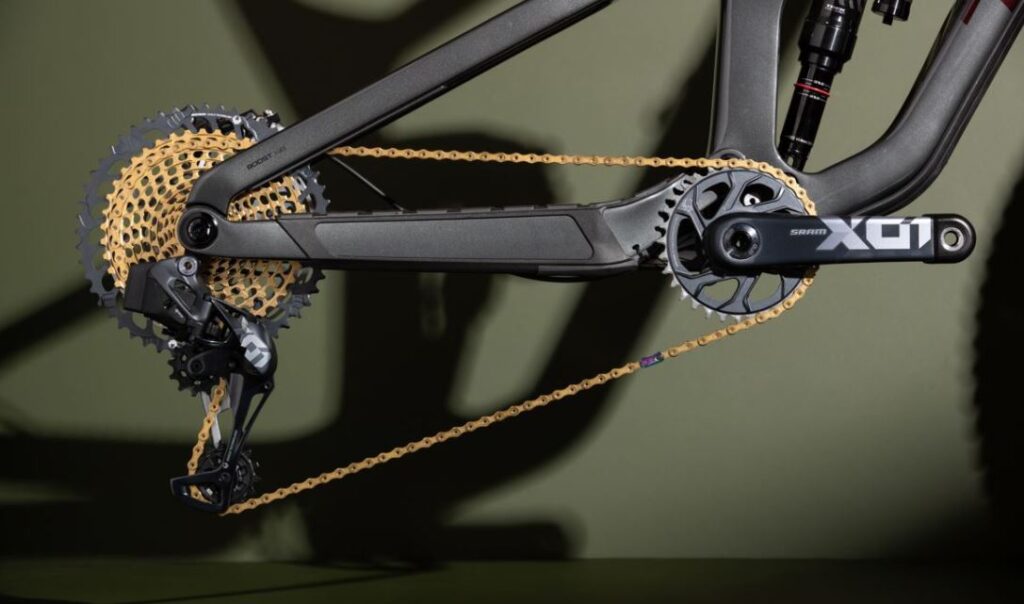
The Psychological Edge
There’s also a psychological component to consider. The sensation of riding a lighter bike can be exhilarating and motivating. This psychological boost can translate into physical performance benefits, as cyclists may feel more inclined to push harder or ride longer. Additionally, the confidence gained from knowing you’re equipped with high-performance gear can positively affect your overall cycling experience.
The Importance of Groupset Weight in Cycling Performance: Final Thoughts
For those contemplating whether to invest in a lighter groupset, my advice is to consider your cycling goals, budget, and how much you value the potential benefits. Upgrading components for weight savings can be a rewarding endeavor, but it’s just one piece of the complex puzzle that is cycling performance.
At the end of the day, the best bike for you is the one that meets your needs, brings you joy, and inspires you to ride further and faster. Here’s the summary of bike groupsets that stand out across different cycling disciplines for their superior quality, performance, and innovation:
For Road Cycling:
- Shimano Dura-Ace Di2: Renowned for its precision, reliability, and seamless shifting it offers, the Dura-Ace Di2 is Shimano’s flagship electronic groupset. It’s lightweight, efficient, and the choice of many professional cyclists.
- SRAM Red eTap AXS: SRAM’s top-tier electronic groupset is known for its wireless shifting technology, customizable gearing options through the AXS app, and overall performance. It offers a clean setup without the clutter of cables and provides precise, quick shifts.

For Mountain Biking:
- Shimano XTR: The XTR line is Shimano’s premier mountain bike groupset, offering top-of-the-line performance in durability, reliability, and shifting precision, tailored for demanding trails and competition.
- SRAM XX1 Eagle AXS: As SRAM’s flagship electronic mountain bike groupset, the XX1 Eagle AXS is celebrated for its wide gear range, robustness, and smooth, wireless electronic shifting that performs flawlessly in even the most challenging conditions.
For Gravel and Cyclocross:
- Shimano GRX Di2: Designed specifically for gravel and cyclocross, the GRX Di2 brings Shimano’s electronic shifting technology to the off-road world, with features like anti-slip brake levers and a clutch-equipped rear derailleur for stable chain management on rough terrain.
- SRAM Force eTap AXS: Offering a versatile gear range and the simplicity of wireless shifting, the Force eTap AXS is suitable for both gravel and cyclocross. It combines performance and durability in a package that’s slightly more affordable than the top-tier SRAM Red.
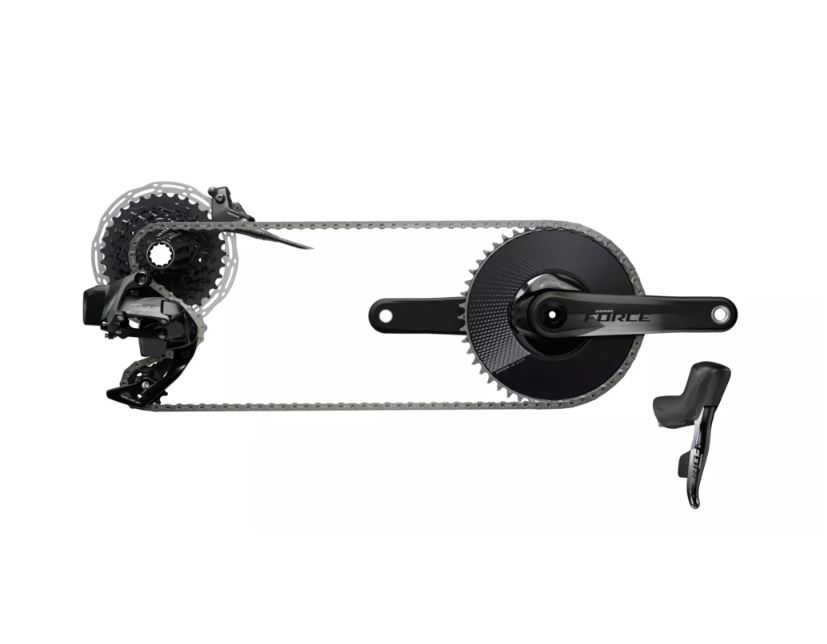
FAQ
Why does weight matter in cycling?
Weight matters in cycling because it affects the bike’s acceleration, climbing efficiency, and overall energy expenditure. Reducing weight can lead to faster acceleration, easier climbing, and less effort required over long distances, improving performance and efficiency.
Does a better groupset make you faster?
A better groupset can make you faster indirectly by providing smoother, more reliable shifting, and better overall efficiency in power transfer from the rider to the bike. This can lead to improved performance, especially over longer rides or races where equipment reliability and efficiency are crucial.
Do heavier cyclists produce more power?
Heavier cyclists can produce more absolute power due to greater muscle mass, but this doesn’t necessarily translate to faster speeds, especially uphill. Power-to-weight ratio is a key performance indicator in cycling, with a higher ratio often leading to better performance, particularly in climbing and acceleration.
Does a lighter bike make you faster?
A lighter bike can make you faster, particularly on climbs and when accelerating, as less energy is required to move a lighter mass. However, the overall impact on speed varies depending on terrain, rider fitness, and other factors. The benefits of a lighter bike are most pronounced on steep climbs and less so on flat terrains where aerodynamics play a larger role.
Ride on
John
